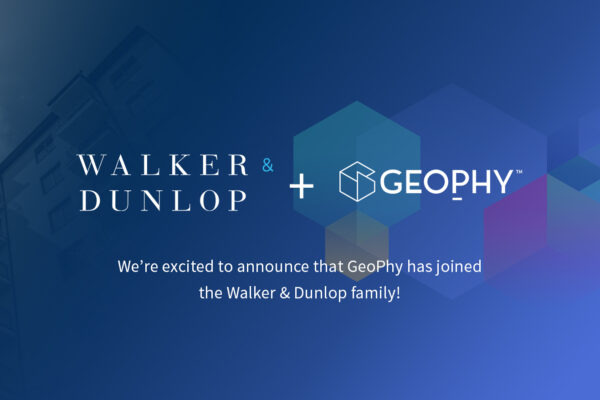Geophy – The Appraiser’s Nightmare

An English translation of De nachtmerrie van de taxateur heet GeoPhy by Erik Wiegerinck originally appearing in Vastgoedmarkt.
Once every few years you have those interviews that fundamentally change the way you view things. My interview earlier this year with Teun van den Dries, co-founder and CEO of the Delft proptech scale-up GeoPhy, was precisely such an interview.
While GeoPhy already successfully introduced its automated valuation models (AVM) commercial real estate (CRE) markets in the United States, it limited its services to the supply and analysis of real estate data here in the Netherlands. That was until winter 2017, when the company started pilots of its CRE AVM for a number of Dutch clients.
According to Van den Dries, A.I. powered models that continuously adjust and refine outputs over time currently enables GeoPhy’s CRE AVM to offer more accurate values than physical appraisals to its American clients . Within five years, Van den Dries forsees a real estate market with an almost entirely automated valuation process.
A daring prediction? I fear not.
He may in fact realize that future much faster than he thinks given the impressive list of GeoPhy customers that include many of the largest real estate investors and financiers in the Netherlands, the U.S. and across the globe. These stakeholders clearly have a vested interest to quickly dispense of static, expensive, periodic, manual physical appraisals of CRE portfolios in favor of instant, on demand value statements that provide far more accuracy!
U.S. MSCI & NACREIF figures identify an average 12-15% error margin on CRE valuations by manual physical appraisers. Compare that to the current 7-8% deviation of GeoPhy’s AI powered AVM — an error margin designed to inevitably decrease as GeoPhy continues to refine its model.
Brokers offices thinking of ‘knocking on the doors of GeoPhy seeking support will have to think again. GeoPhy won’t be in the business of selling individual CRE property values to support physical appraiser valuations. ‘We deliver our GeoPhy powered valuations direct to institutional investing and financing end-user clients. Our goal is to improve the operational efficiency of CRE valuations through speed, accuracy and objectivity; not create a means to perpetuate existing inefficiencies by adding an additional check,” says Van den Dries.
There’s no greater nightmare for physical appraisers imaginable. GeoPhy becomes what Netflix is for the broadcasters, Spotify for the music industry, Uber for the taxi world and the almighty Google for the complete media landscape: the winner that takes it all! Well, not everything . . .
Van den Dries anticipates 5-10% of the CRE valuations market will remain manual valuations in the mid-term. These will be the one-offs, the unique buildings that simply don’t conform to AVM algorithms (until the model learns how). There’ll also be an interim need for spot checks by physical appraisers until the market gains confidence and acceptance of the automated approach.
Wendy Verschoor, chairman of the Royal Institute of Chartered Surveyors (RICS) in the Netherlands also explores the impact of this encroaching technology. While she anticipates a longer time to adoption and acceptance of CRE AVMs, she does concede ‘it’s inevitable arrival’. “It’s up to the appraisers to pick up the baton and start reinvention of their profession,” says Verschoor.
For my bet, I fear adoption will unfold quite fast given recent trends in an increasingly tech enabled world. I also suspect little room for reinvention on the part of physical appraisers. Like a horse carriage builder in a completely car-dominated world, the physical appraiser’s role will inevitably fade into that of a small, specialized niche.


